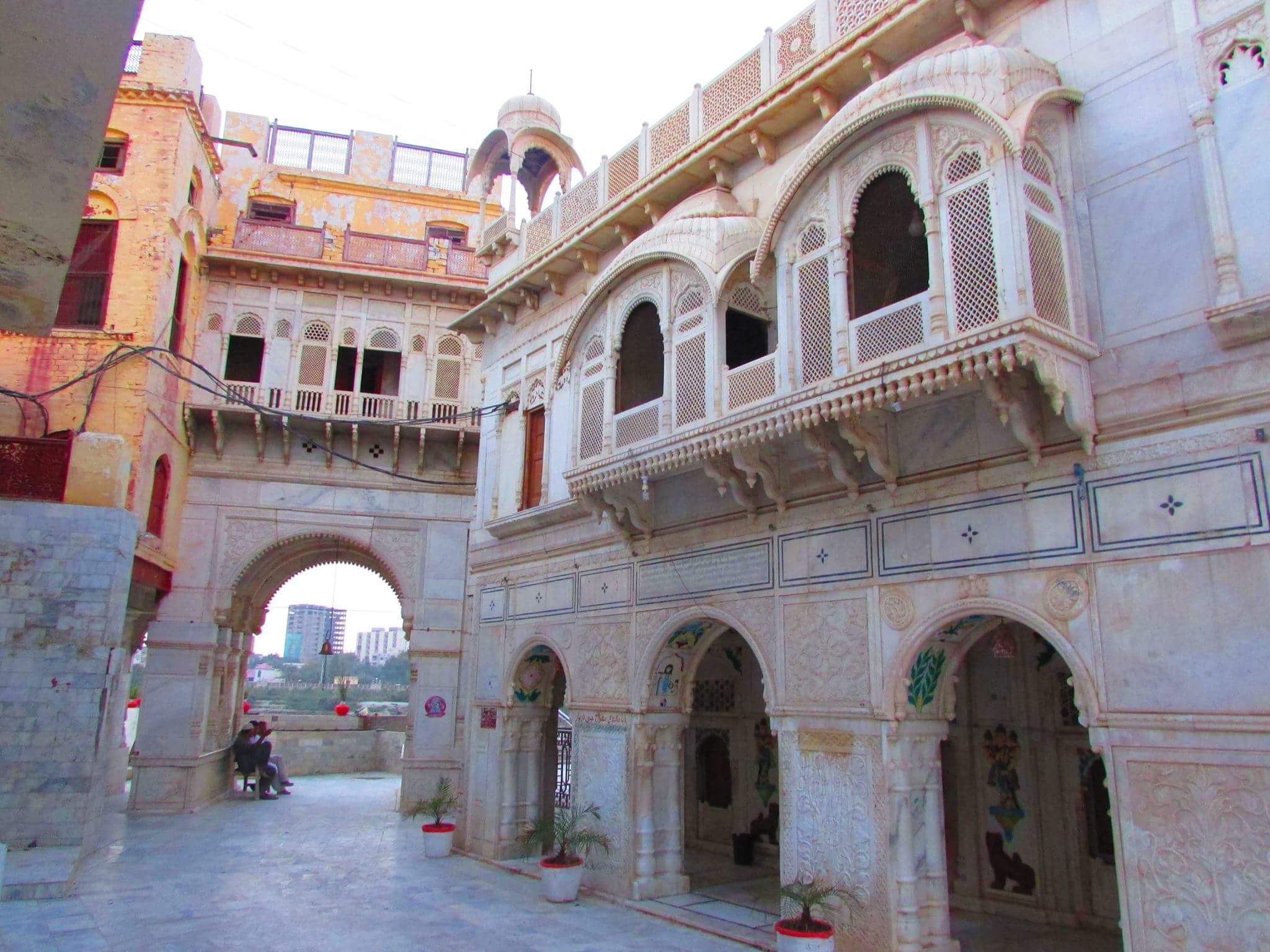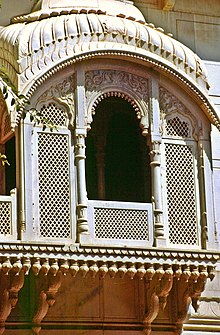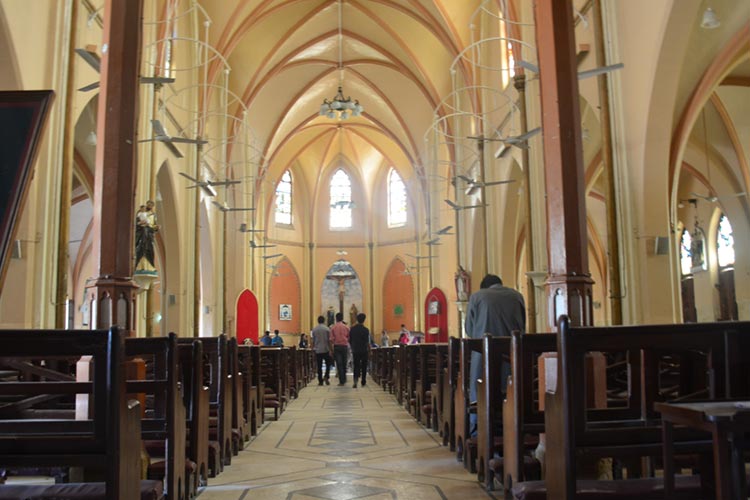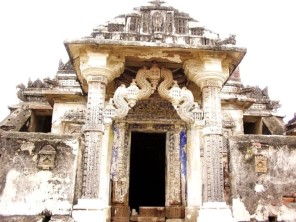ghazi52
PDF THINK TANK: ANALYST

- Joined
- Mar 21, 2007
- Messages
- 101,794
- Reaction score
- 106
- Country
- Location
Pakistan has various religious minorities. According to the 1941 census of India, there were 5.9 million non-Muslims in the provinces that today form Pakistan. During and after Pakistan's independence in 1947, about 5 million Hindus and Sikhs emigrated, with Punjab alone accounting for migration of 3.9 million.
According to the Government of Pakistan's National Database and Registration Authority (NADRA), in 2012, the population of registered religious minorities in Pakistan was as follows:
Hindus: 1,414,527
Christians: 1,270,051
Ahmadis: 125,681
Baha'is: 33,734
Sikhs: 6,146
Parsis: 4,020
Buddhists: 1,492
Others: 66,898
According to the most recent (1998) census conducted by the Government of Pakistan, Hindus make up 1.20% of the population and Christians (Protestant and Roman Catholic) 1.9%, or around 2.3 million people. Other estimates put the numbers higher. Historically, there was also a small contingent of Jews in Pakistan who emigrated to Israel in 1948.
Gurdwara Panja Sahib :

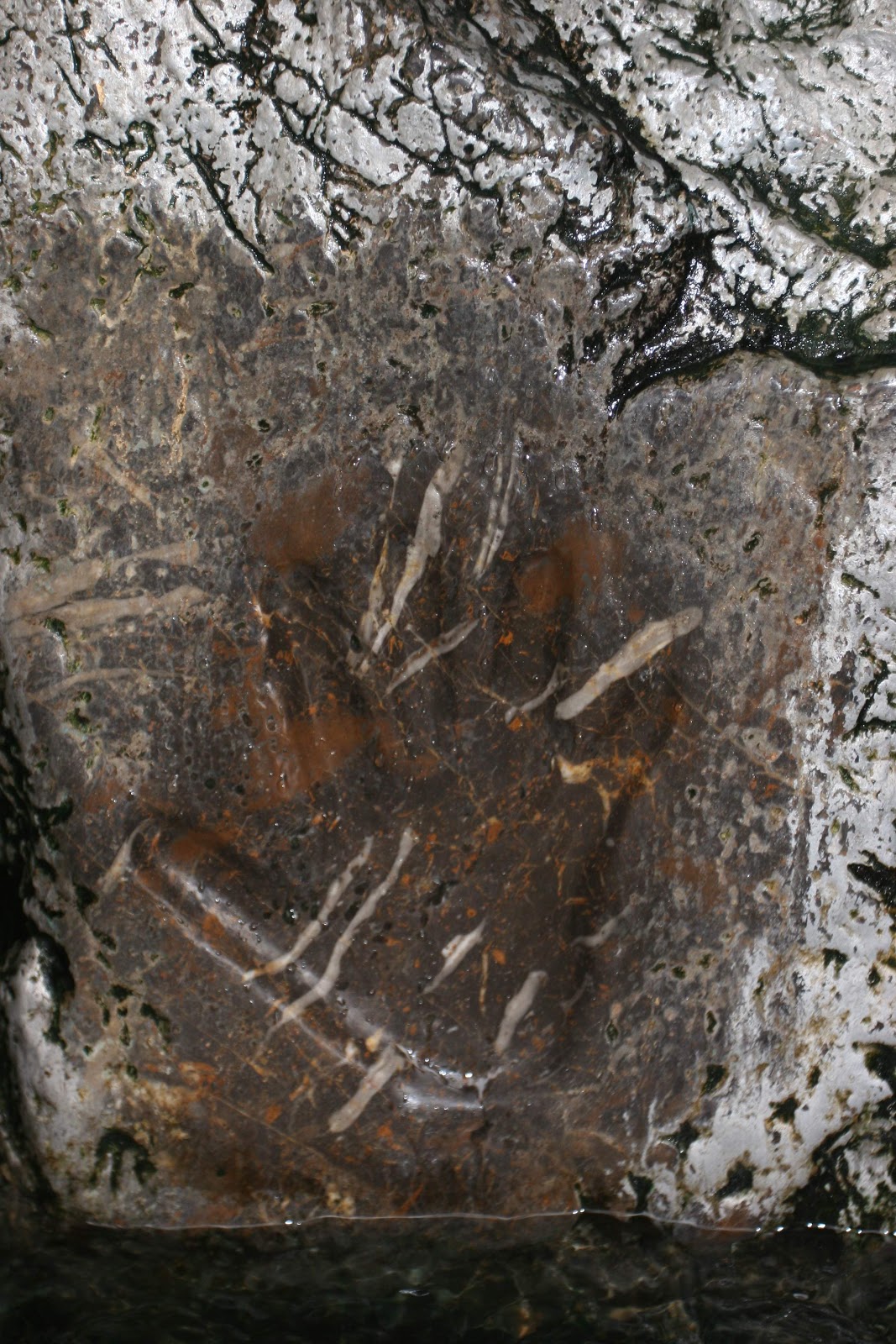
Layout of Gurdwara Panja Sahib :

1..............Main building of Gurdwara Sahib.
2..............Main entrance to the Gurdwara Premises.
3..............Sarover.
4..............Place made for ladies to take the holy dip.
5..............From here the Panja ( the hand impression )can be seen.
6..............Rooms for the yatrees to stay.
7..............Langar hall.
8..............Johra Ghar ( Place to keep shoes ).
9..............Langar Kitchen.
10..............Way to more room with a big lawn in the center. From here looking up high the hill from where Baba Wali Qandhari rolled the big stone can be seen.
11..............Rooms around the lawn.
12..............Entrance to the Main Gurdwara Sahib, building where Sri Guru Granth Sahib is placed.
At Panja Sahib number of devotees reached around 10000, as pilgrims from Peshawar and Sind both in Pakistan too, had come to pay homage and take blessings of Guru Nanak.
According to the Government of Pakistan's National Database and Registration Authority (NADRA), in 2012, the population of registered religious minorities in Pakistan was as follows:
Hindus: 1,414,527
Christians: 1,270,051
Ahmadis: 125,681
Baha'is: 33,734
Sikhs: 6,146
Parsis: 4,020
Buddhists: 1,492
Others: 66,898
According to the most recent (1998) census conducted by the Government of Pakistan, Hindus make up 1.20% of the population and Christians (Protestant and Roman Catholic) 1.9%, or around 2.3 million people. Other estimates put the numbers higher. Historically, there was also a small contingent of Jews in Pakistan who emigrated to Israel in 1948.
Gurdwara Panja Sahib :


Layout of Gurdwara Panja Sahib :

1..............Main building of Gurdwara Sahib.
2..............Main entrance to the Gurdwara Premises.
3..............Sarover.
4..............Place made for ladies to take the holy dip.
5..............From here the Panja ( the hand impression )can be seen.
6..............Rooms for the yatrees to stay.
7..............Langar hall.
8..............Johra Ghar ( Place to keep shoes ).
9..............Langar Kitchen.
10..............Way to more room with a big lawn in the center. From here looking up high the hill from where Baba Wali Qandhari rolled the big stone can be seen.
11..............Rooms around the lawn.
12..............Entrance to the Main Gurdwara Sahib, building where Sri Guru Granth Sahib is placed.
At Panja Sahib number of devotees reached around 10000, as pilgrims from Peshawar and Sind both in Pakistan too, had come to pay homage and take blessings of Guru Nanak.











